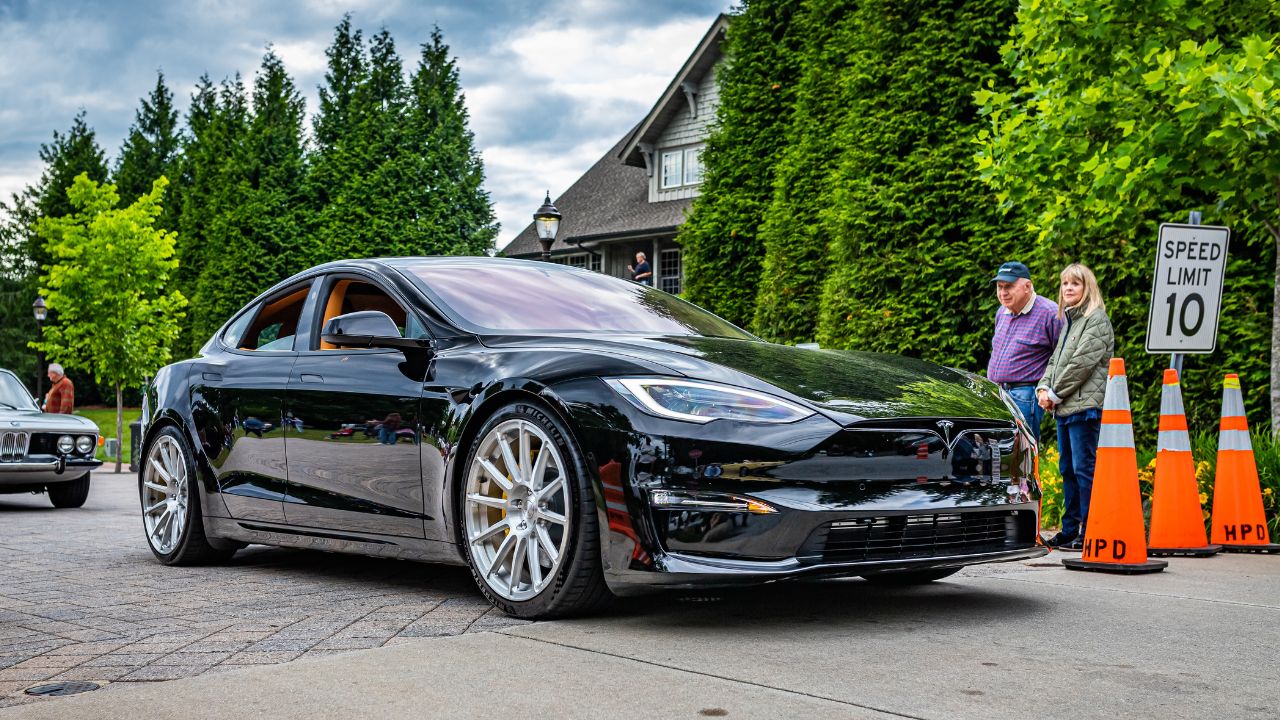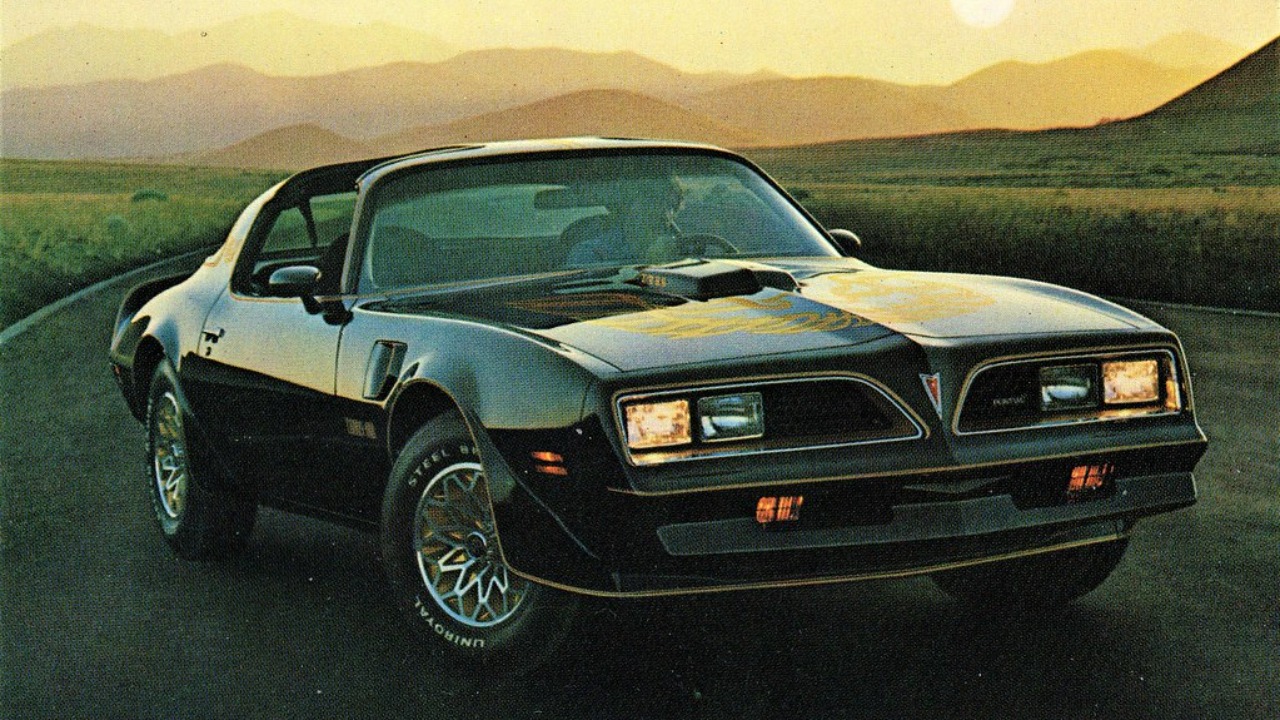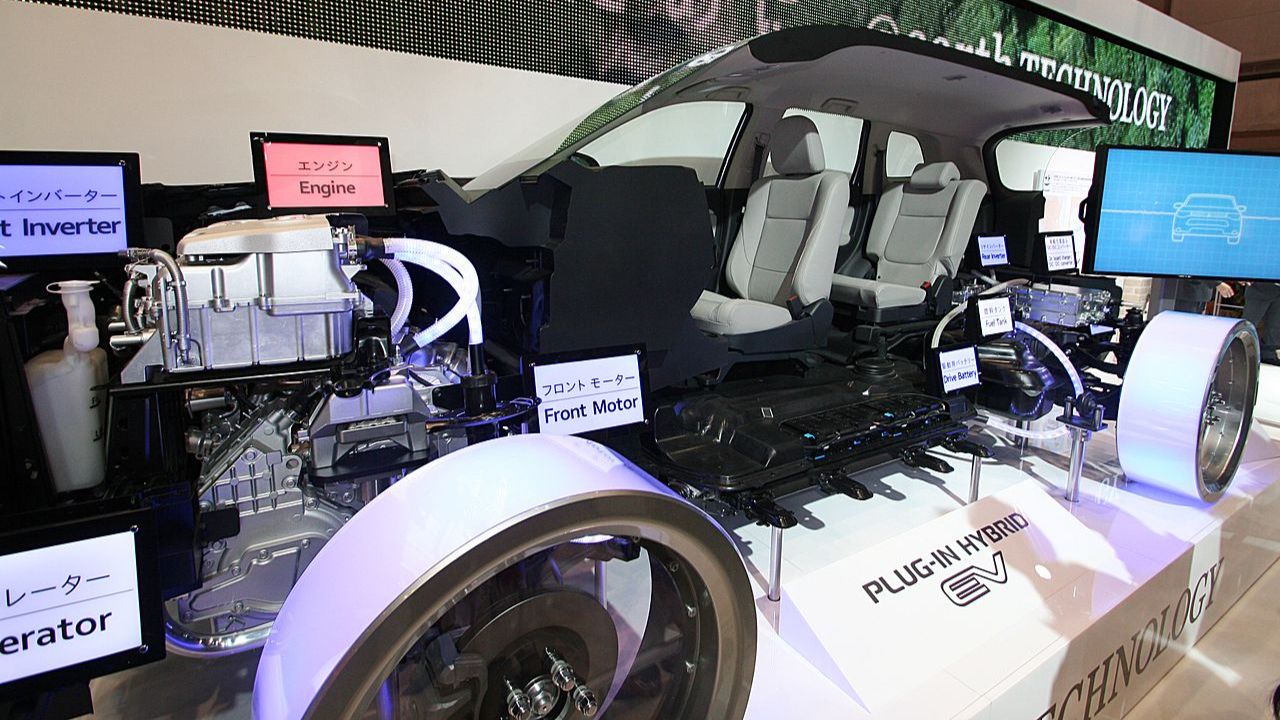Depreciation is a critical factor that car buyers should consider, yet it often remains overlooked amid the excitement of purchasing a new vehicle. As cars lose value over time, understanding depreciation can save buyers significant money in the long run. Exploring the nuances of how depreciation impacts car buyers is crucial, from initial purchase decisions to long-term financial planning.
Understanding Car Depreciation

Definition and Mechanics of Depreciation
Depreciation, in the context of vehicles, refers to the decline in a car’s value over time due to wear and tear, age, and market demand. It begins the moment a new car is driven off the lot and continues throughout its lifespan. Various factors can influence the rate of depreciation, including make, model, mileage, and overall condition of the vehicle.
For instance, depreciation can be influenced by the vehicle’s popularity and brand reputation. Cars from manufacturers known for reliability, like Toyota and Honda, tend to depreciate slower compared to less reliable brands. Additionally, features that were once considered luxury, such as advanced safety systems, are becoming standard, which can also affect depreciation rates.
Depreciation Rates Across Vehicle Types
Depreciation rates can vary significantly depending on whether the vehicle is new, used, or a luxury model. New cars typically lose the most value in their first year, often depreciating by around 20-30%. In contrast, used cars depreciate at a slower rate because the initial steep drop in value has already occurred.
Luxury vehicles, such as those from brands like Mercedes-Benz or BMW, often experience higher depreciation rates as well. This is due to the higher cost of ownership and maintenance, which can deter potential future buyers. However, specific models with limited production runs or those with a strong enthusiast following may retain their value better.
Impact on Car Buyers’ Finances

Depreciation and Loan Terms
Understanding how depreciation affects loan terms is crucial for car buyers. A car’s depreciation directly impacts its loan-to-value (LTV) ratio, which lenders use to determine financing options. A higher LTV ratio can result in less favorable loan terms, including higher interest rates or the requirement for a larger down payment.
Being “upside-down” on a car loan, where the vehicle’s value is less than the remaining balance on the loan, is a common issue exacerbated by rapid depreciation. This situation can be financially challenging if the car needs to be sold or traded in before the loan is paid off, leaving the owner with negative equity.
Resale Value Considerations
Anticipating a car’s future resale value is an essential aspect of the car-buying process. Depreciation plays a significant role in determining the trade-in or private sale value of a vehicle. Cars that depreciate slower tend to offer better resale values, providing more equity for the owner when upgrading to a new vehicle.
For example, a 2020 Toyota Camry might retain a higher percentage of its original value compared to a similar age and class vehicle like the Chevrolet Malibu. Understanding these dynamics can help buyers make informed decisions that maximize their investment over time.
Strategies to Mitigate Depreciation

Choosing the Right Vehicle
Selecting a car that depreciates slower can significantly impact long-term ownership costs. Buyers should consider makes and models known for their reliability and strong resale values, such as the Subaru Forester or the Honda CR-V. Additionally, regular maintenance and keeping mileage low can help preserve a vehicle’s value.
Investing in a pre-owned certified vehicle can also be beneficial, as these cars have already experienced the initial depreciation hit and often come with warranties that ensure their condition. This strategy can offer a balance between price and value retention.
Timing Your Purchase
The timing of a car purchase can also influence depreciation effects. Buying a previous model year car when a new model is released can save thousands of dollars while still providing a near-new vehicle. Additionally, purchasing at the end of a quarter or year when dealerships are eager to meet sales targets can result in better deals.
Understanding the new model release schedule can also aid in decision-making. For instance, buying a vehicle shortly after a new model is unveiled can mean the previous model depreciates faster, offering potential savings if the latest features are not a priority.
Depreciation and Ownership Costs

Total Cost of Ownership
Depreciation is a significant component of a vehicle’s total cost of ownership, alongside expenses like insurance, fuel, and maintenance. Over a car’s lifecycle, depreciation can account for a substantial portion of the overall expenses, making it crucial for buyers to consider when budgeting for a vehicle.
Comparing vehicles, a 2019 Honda Accord might have lower insurance and maintenance costs compared to a 2019 Audi A4, but the latter could depreciate faster, affecting the total cost calculation. Understanding these dynamics helps buyers choose vehicles that align with their financial goals.
Leasing vs. Buying
Leasing a car can mitigate the impact of depreciation, as the lessee only pays for the vehicle’s depreciation during the term of the lease. This can result in lower monthly payments compared to a traditional car loan. However, leasing has its drawbacks, including mileage limits and end-of-lease fees.
For some, leasing is an appealing option for driving a new car every few years without worrying about long-term depreciation. However, for those who prefer to own a vehicle outright, understanding depreciation helps in making informed purchasing decisions that optimize financial outcomes.
Future Trends in Vehicle Depreciation

Influence of Technology and Innovation
Advancements in technology and innovation are poised to reshape future vehicle depreciation patterns. Electric vehicles (EVs), such as the Tesla Model 3, are becoming more mainstream, with improved battery technology extending their lifespans and potentially slowing depreciation rates.
Furthermore, the development of autonomous vehicles could alter the traditional depreciation model, as these vehicles might offer extended operational lifespans and reduced wear and tear. As technology continues to evolve, staying informed about these trends can help buyers make future-proof decisions.
Market Fluctuations and Economic Factors
Economic conditions and market dynamics also play a role in vehicle depreciation. Supply chain disruptions, such as those experienced during the COVID-19 pandemic, can lead to inventory shortages, affecting new and used car prices and their depreciation rates.
Global events and economic policies can influence consumer demand and vehicle availability, impacting how quickly cars lose value. Staying abreast of these factors can provide car buyers with insights into optimal purchasing times and strategies to mitigate depreciation risks.
Like Fast Lane Only’s content? Be sure to follow us.
Here’s more from us:
*Created with AI assistance and editor review.







Leave a Reply